The NBA might not be eliminating the one-and-done rule just yet
When it comes to the one-and-done rule, the NBA has been as fickle as your significant other trying to decide where they want to go for dinner. Tacos? Barbeque? Lower the draft eligibility age to 18? I dunno. You pick.
Just hours after Shams Charania reported on the impending doom of the one-and-done rule, ESPN’s Adrian Wojnarowski dropped a bomb of his own, claiming negotiations on the subject are far from their final stages. In fact, they’re stalled.
Woj’s full tweet thread reads:
While lowering the 19-and-over draft age will be a significant part of the NBA/NBPA Collective Bargaining discussions, sources tell ESPN nothing has advanced on elimination of the “One-and-Done” rule. Several obstacles and complexities remain, including league’s insistence that players provide medical info/physicals to all 30 teams.
Player agents want to keep leverage of picking-and-choosing teams that’ll get full access to players’ medical info, but those particular league/union conversations have yet to begin and will be a part of the much larger CBA discussions.
If one-and-done is changed, it’s expected the starting date would be several years into the future; in part because of commitments already made by teams to trade future draft picks under the current framework of the 19-and-over system.
Adrian Wojnarowski | Twitter
The one-and-done negotiation roadblock
The biggest hurdle in these talks is the same one that kicked this can down the road back in 2019, the last time the NBA Collective Bargaining Agreement (CBA) discussions took place. Essentially, all 30 teams want full access to all draft prospects’ medical information in order to properly evaluate them. The players (really the agents) are standing firm in the belief they should only have to provide them to the teams they wish as a way of guiding their clients to a more favorable landing spot on draft night.
What does this have to do with one-and-done? Well, the younger the player, the riskier the draft selection. So, if a team can’t get full access to medical data on a 17-year-old because their agent is withholding it, it creates a competitive disadvantage for them. To be fair, this disadvantage already exists, as this is the current practice, but the thought is that it would be amplified if high school players become eligible for the draft. Again, the riskier the pick, the more info teams want so they can make the most informed decision possible.
While both sides seem to prefer to lower the draft eligibility age, providing prospects’ medical information to all 30 teams is the bargaining chip where neither the players/agents nor the league are willing to budge.
If the rule does go through, when would it take effect?
As Woj states, if the two sides do come to some sort of compromise and lower the draft eligibility age to 18, it likely won’t happen for several more years.
There are more than a handful of future draft picks changing hands, so the idea is that perhaps these deals may not have happened if teams knew they could draft high school players. Most recently (and insanely), the Minnesota Timberwolves shipped off a 2029 first-round pick to the Utah Jazz as part of the Rudy Gobert trade.
While I don’t think the league would wait nearly a decade to institute the rule (if agreed upon) based on this trade and those like it, these types of draft pick exchanges are what they are taking into consideration. So, any start date may be well after the 2024 timeframe Shams reported earlier.
So, how does this affect Kentucky basketball?
What does this mean for Kentucky basketball? Well, in the short term, nothing. The monster class of 2023 featuring commits such as Justin Edwards, Robert Dillingham, and Reed Sheppard won’t be affected by any decision that comes from these CBA negotiations.
If and when it does take place, the talent pool will dwindle a bit and Kentucky will have to adjust. The same number of big-name programs will be vying for a smaller subset of players, so the competition will be intense.
One major factor that will help keep the borderline players in play, though, is NIL. Now that student-athletes can make money, college isn’t necessarily a poor route (literally) to take for a high school prospect not projected to be a top-tier pick. That might help deepen the recruiting pool just a bit.
It is also important to remember this would not technically end players only playing one year of college. Sorry to all of you with ’90s nostalgia, but a four-year NBA-caliber player like Tony Delk is not walking through that door.
A few years ago, one proposal suggested a direct-to-the-NBA or a minimum of two years in college option for high school players, but that has not been reported in recent discussions. There would be nothing stopping a player who just finished up a remarkable freshman season to enter his name into the NBA draft. The NCAA has limited say in how this plays out, so what is best for college basketball is not really a factor.
The key takeaway, however, is that the status quo will remain for the next few years at least. And if neither side budges on the medical information disclosure disagreement, then it won’t be until the next round of CBA talks that we have this debate yet again.
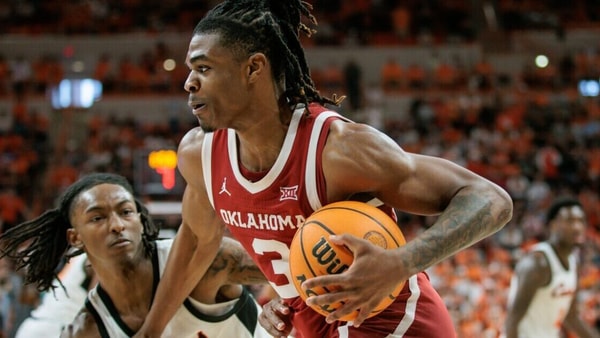
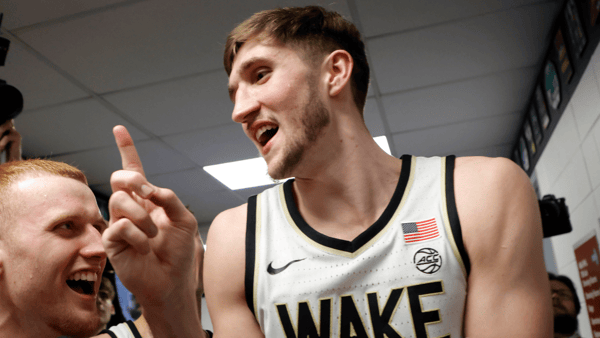
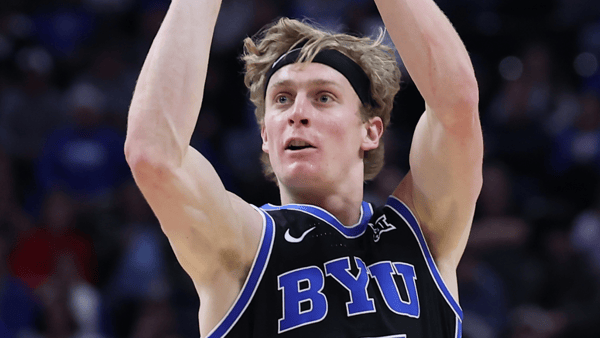
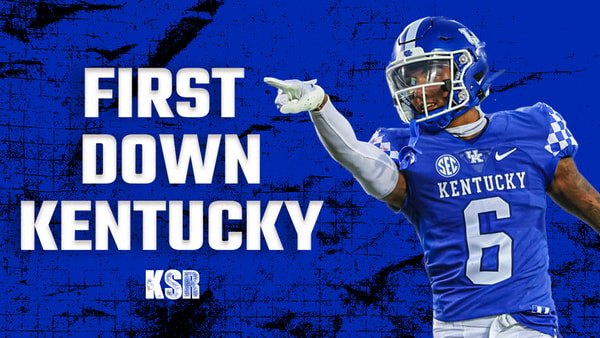
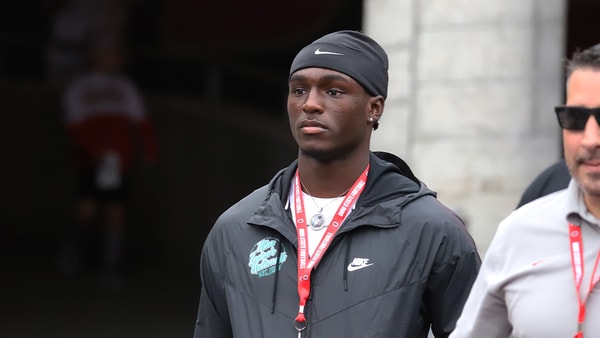
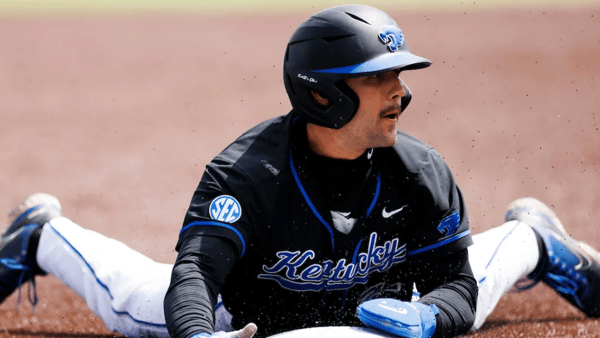
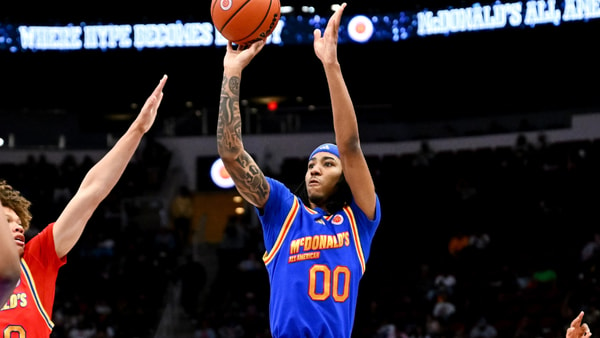
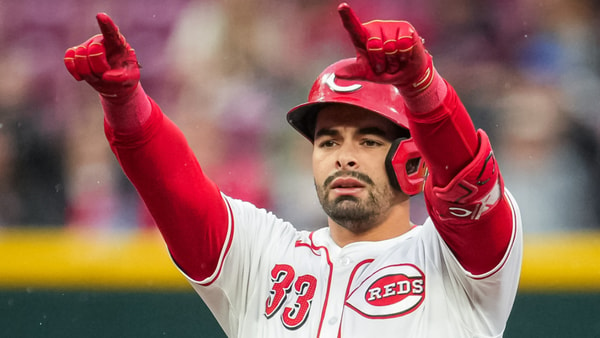
Discuss This Article
Comments have moved.
Join the conversation and talk about this article and all things Kentucky Sports in the new KSR Message Board.
KSBoard